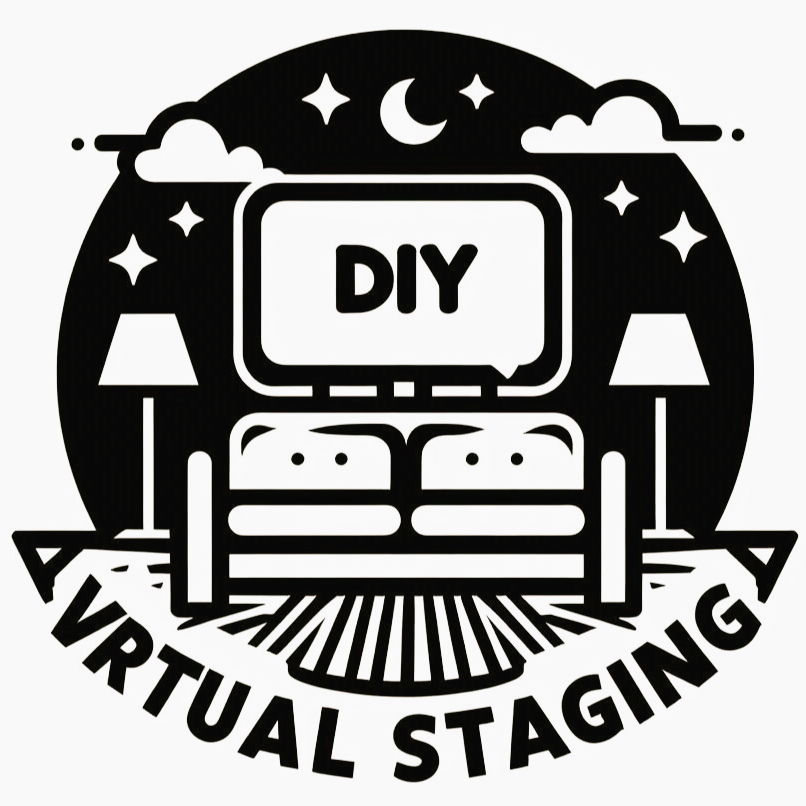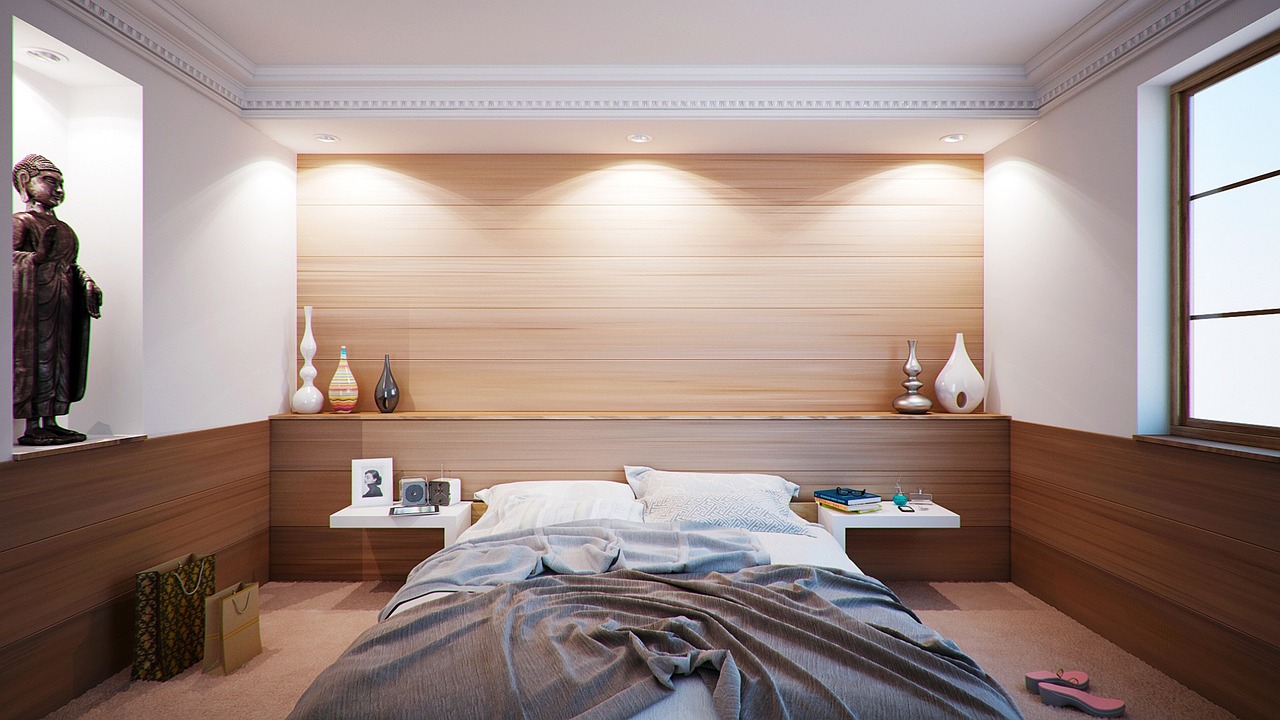General Questions
What is virtual staging?
Virtual staging is the process of using digital tools and software to furnish and decorate empty rooms in real estate photos, creating a visually appealing representation of the space.How does virtual staging work?
Professional stagers use software like Photoshop, 3D rendering tools, or specialized virtual staging platforms to add furniture, decor, and other elements to photos of empty rooms.Is virtual staging the same as traditional staging?
No, traditional staging involves physically furnishing a space, while virtual staging is done digitally using software.What types of properties can be virtually staged?
Virtual staging can be used for residential homes, apartments, commercial spaces, and even vacant lots to showcase potential.Who typically uses virtual staging?
Real estate agents, homeowners, property developers, and interior designers often use virtual staging to market properties.
Benefits of Virtual Staging
What are the main benefits of virtual staging?
It’s cost-effective, time-saving, customizable, and allows potential buyers to visualize the space’s potential.How much does virtual staging cost compared to traditional staging?
Virtual staging typically costs between 50and150 per room, while traditional staging can cost thousands of dollars.Can virtual staging help sell a property faster?
Yes, studies show that staged homes (virtually or physically) sell faster because they help buyers visualize living in the space.Is virtual staging eco-friendly?
Yes, it reduces the need for physical furniture and decor, minimizing waste and environmental impact.Can virtual staging be used for vacant properties?
Absolutely. Virtual staging is ideal for vacant properties, as it helps buyers imagine how the space can be utilized.
Technical Questions
What software is used for virtual staging?
Popular tools include. Virtual staging AI, Sofabrain, AI home design and virtual staging solutionsHow long does it take to virtually stage a room?
It can take anywhere from a few hours to a couple of days, depending on the complexity of the project.Can virtual staging be done for videos?
Yes, advanced virtual staging can include 3D walkthroughs and video tours of staged spaces.What resolution are virtually staged photos?
High-resolution images (typically 300 DPI or higher) are used to ensure professional-quality results.Can virtual staging be customized to match a specific style?
Yes, virtual staging can be tailored to reflect modern, traditional, minimalist, or any other design style.
Practical Applications
Can virtual staging be used for renovations?
Yes, it’s often used to showcase the potential of a space before renovations are completed.Is virtual staging suitable for small spaces?
Yes, it’s particularly effective for small spaces, as it can optimize the layout and make the area appear larger.Can virtual staging be used for outdoor spaces?
Yes, patios, balconies, and gardens can also be virtually staged to highlight their potential.How does virtual staging help with rental properties?
It helps renters visualize the space, making it more appealing and increasing interest.Can virtual staging be used for historical or unique properties?
Yes, it can be customized to respect the architectural style and unique features of such properties.
Limitations and Challenges
Are there any downsides to virtual staging?
If not done well, it can look unrealistic or misleading. It also doesn’t provide the tactile experience of physical staging.Can virtual staging mislead buyers?
If the staging doesn’t accurately represent the space (e.g., incorrect dimensions), it can lead to disappointment during property viewings.Is virtual staging suitable for all markets?
While it’s widely used, some buyers may prefer physically staged homes for a more tangible experience.Can virtual staging replace traditional staging entirely?
It depends on the market and buyer preferences, but it’s often used as a complementary tool rather than a complete replacement.What happens if the virtually staged furniture isn’t available for purchase?
Virtual staging is meant to inspire ideas, not to sell specific furniture. Buyers can use it as a reference for their own decor.
Ethical and Legal Considerations
Is virtual staging legal?
Yes, as long as it’s disclosed that the images are digitally enhanced and not actual representations of the property.Do real estate listings need to disclose virtual staging?
In many regions, it’s required to disclose that photos have been virtually staged to avoid misleading buyers.Can virtual staging be considered deceptive?
It can be if it exaggerates the size, condition, or features of a property. Ethical staging should accurately represent the space.Are there guidelines for ethical virtual staging?
Yes, many real estate associations recommend transparency and accuracy in virtually staged images.Can virtual staging affect property appraisals?
Appraisals are based on the physical condition of the property, so virtual staging doesn’t directly impact appraisals.



